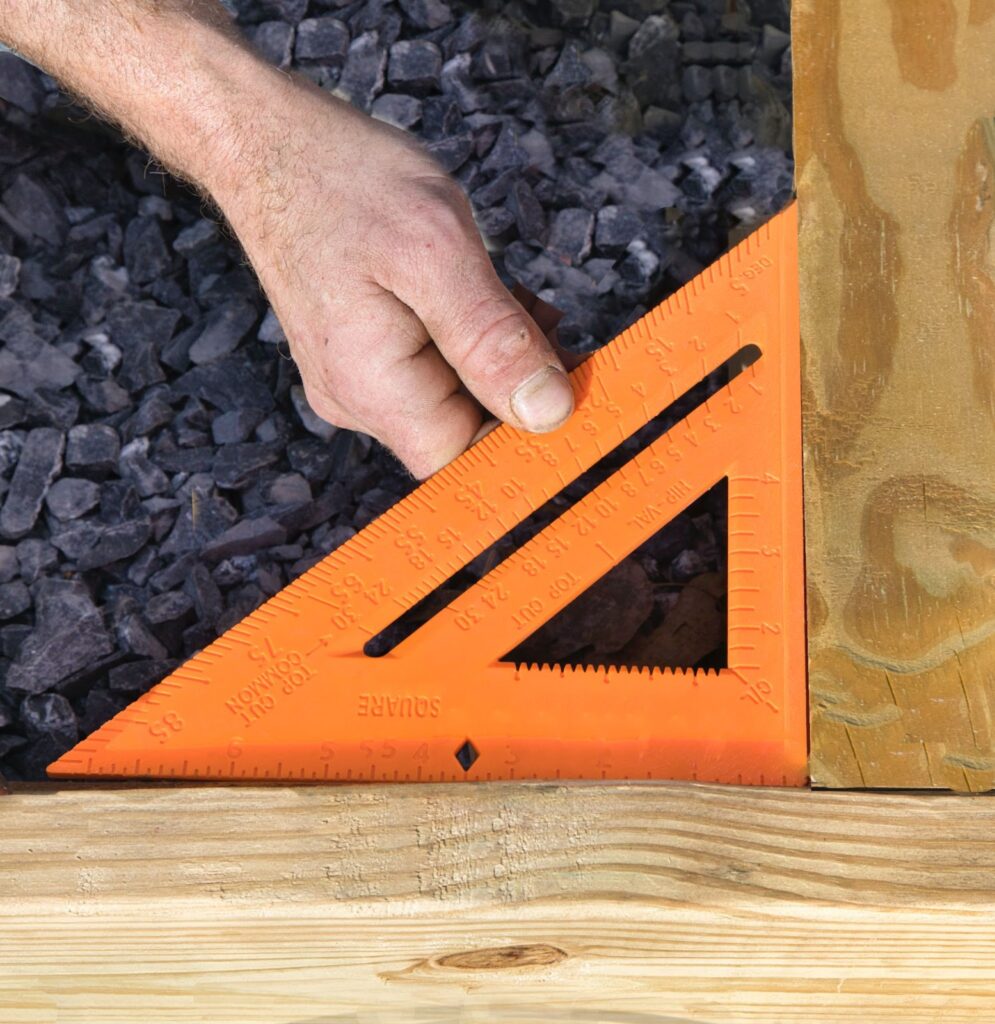Interesting Triangles Facts For Kids 2024 (Fun Facts)
Did you know that triangles are special shapes with three sides?
Well, here’s a cool fact about them: if you add up all the angles (corners) inside a triangle, you’ll always get a total of 180 degrees. It’s like a magic rule that works for all triangles, big or small! So, no matter how the angles look, if you add them together, they’ll make 180 degrees.

In this article, we will explore different types of triangles, their properties, and some amazing facts that will spark your curiosity.
Discover facts about triangles and the wonders triangles hold!
Types of Triangles
Triangles are awesome shapes with three sides and corners called angles. Triangles come with different angles, lengths, sizes, and names.
Let’s explore them and have fun discovering the variety of triangles!
Types of Triangles Based on Length of Sides
Scalene Triangle:
A scalene triangle is distinguished by the fact that its three sides are of varying lengths. Not only that, but all three angles inside the triangle are different too. It’s like a triangle with unique sides and angles, making it extra special!

Let’s explore the important characteristics and properties of scalene triangles.
1. Side Lengths:
A scalene triangle is a unique kind of triangle with three sides of different lengths, and none are equal.
Think about it! One side may be longer than the other two, while the remaining sides have different lengths.
2. Angles:
Similarly, the three angles within a scalene triangle are all different. One angle may be acute (less than 90 degrees), another angle obtuse (greater than 90 degrees), and the remaining angle may be a right angle (exactly 90 degrees).
Did you know that if you add up all the angles inside a triangle, it will always be 180 degrees?
3. Shape and Appearance:
A scalene triangle doesn’t have a line that makes it look exactly the same on both sides when you fold it. It’s a special triangle with no symmetrical parts. Each side has a unique length, and the angles are distinct, giving the triangle an asymmetrical appearance.
4. Real-life Examples:
You can spot scalene triangles in many things around us, like the shape of roofs, road signs, sails on boats, and more! They’re everywhere!

Isosceles Triangle:
An isosceles triangle is a special kind of triangle where two sides and two angles have equal measurements.
Here are some interesting facts about isosceles triangles that you may find fascinating.
1. Angle Measures:
In an isosceles triangle, there are two sides of equal length, forming two equal angles known as base angles. The other side forms an angle named the vertex angle.
2. Real-life Examples:
Isosceles triangles can be seen in many things around us, like the roofs of houses, some flags, and even in musical instruments! They’re everywhere, making the world more interesting!
Moreover, musical instruments like the violin or the guitar often have isosceles triangular shapes in their design.
Equilateral Triangle:
In an equilateral triangle, all three sides and angles are the same measure, where all angles are 60 degrees.
Let’s discover some interesting facts about equilateral triangles!
1. Angle Measures:
In equilateral triangles, each angle is 60 degrees in measure. The sum of all the angles in any triangle is always 180 degrees, so in an equilateral triangle, each angle is 60 degrees, totaling 180 degrees.
2. Real-life Examples:
You can spot equilateral triangles in many things around us, like road signs, games, buildings, and even nature. They’re hiding in everyday objects!
Additionally, some logos and symbols, such as the Mercedes-Benz logo, feature an equilateral triangle.

Types of Triangles Based on Internal Angles:
Acute Triangle:
An acute triangle, like the other triangles, is distinguished by the fact that all three of its angles are less than 90 degrees. An acute triangle’s angles are all small and pointy!
Here are some features of an acute triangle to understand better!
1. Angle Sizes:
You can imagine these angles as “cute” little angles that are not too big or too wide. They are just the right size to fit perfectly in a square corner, which makes them so special for their shape!
2. Real-life Examples:
You can find examples of acute triangles all around you! Many roofs have triangular shapes, and if the angles are smaller than 90 degrees, it means the roof forms an acute triangle.
Also, think about the slice of pizza you enjoy. In actual life, it is usually an acute triangle!

Obtuse Triangle:
One of the angles of an obtuse triangle is always more than 90 degrees. This means that one angle in an obtuse triangle is “big” or “wide.”
Let’s discover more about obtuse triangles!
1. Angle Sizes:
One angle in an obtuse triangle is always bigger than 90 degrees, while the other two angles are smaller. It’s a triangle with one big angle and two smaller angles!
2. Real-life Examples:
You can find examples of obtuse triangles in various places around you. Sometimes, the roofs have a slope that creates an obtuse angle.
At 7 o’clock, the clock forms an obtuse angle with the hour and minute hand. Fascinating huh!
While art incorporates geometry to a great extent, you can find obtuse triangles in various artistic structures. They add an interesting touch to designs and buildings!
Right-angled Triangle:
A right-angled triangle has a 90° angle and a side called the hypotenuse, as well as two other sides called legs.
Get ready to explore more about Right-angled Triangle.
1. Angle Sizes:
In a right angles triangle, one angle is always 90 degrees, and the total of the other two angles sum up to 90 degrees. It’s a triangle with a big angle and two smaller angles!
2. Real-life Examples:
You can find examples of right-angled triangles in various places around you. You might have seen ladders placed against the wall forming a right-angled triangle or 9:30 of an analog clock or some roofs of houses. You might also notice obtuse triangles in some pieces of art or buildings.

Properties of Triangles
Triangles have exciting properties. Let’s learn about them!
- The sum of a triangle’s three angles is always 180 degrees.
- When the exterior angles of any triangles are added, the sum will be 360 degrees.
- In an isosceles triangle, equal sides mean equal angles. This is called the Isosceles Triangle Theorem.
- The side opposite the bigger angle in any triangle is always longer. This is called the Triangle Inequality Theorem.
- A simple formula can be used to calculate the area of a triangle: Half of the base multiplied by the height equals the area. The height is the straight up-and-down distance from the base to the opposite point. Easy right?
- A triangle’s perimeter is just the sum of all three sides.
Triangle Fun Facts
Now, let’s discover some fun facts about triangles!
- Triangles are commonly used to construct bridges, buildings, and pyramids because their shape helps distribute weight evenly and provides stability.
- The Bermuda Triangle is a fascinating region located in the Atlantic Ocean, known for mysterious incidents where ships and planes have vanished without explanation.
- The Great Pyramids of Egypt, such as the famous Pyramids of Giza, are massive triangular structures that have stood for thousands of years.

- Did you know that musical instruments called triangles produce a ringing sound when struck? They are often used in orchestras to add soothing and angelic effects to the music.
Conclusion
Triangles are captivating shapes with unique properties and fascinating facts. We have explored their types, properties, and Heron’s formula and even uncovered some fun trivia. Keep exploring the world of shapes and patterns, and remember to notice the triangles around you.
